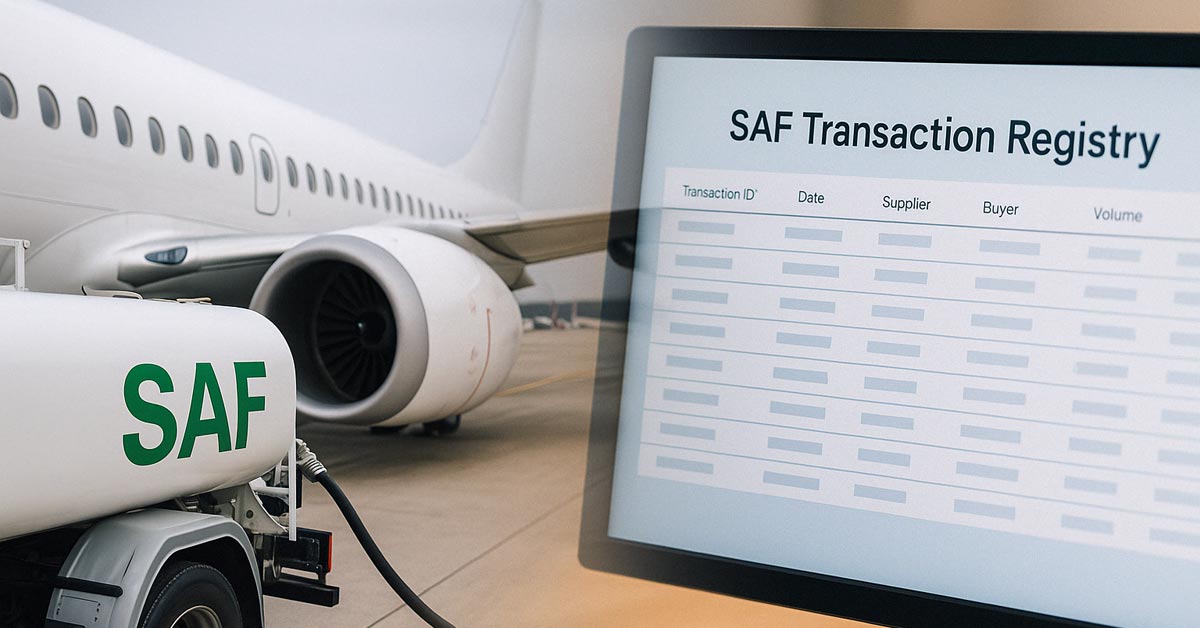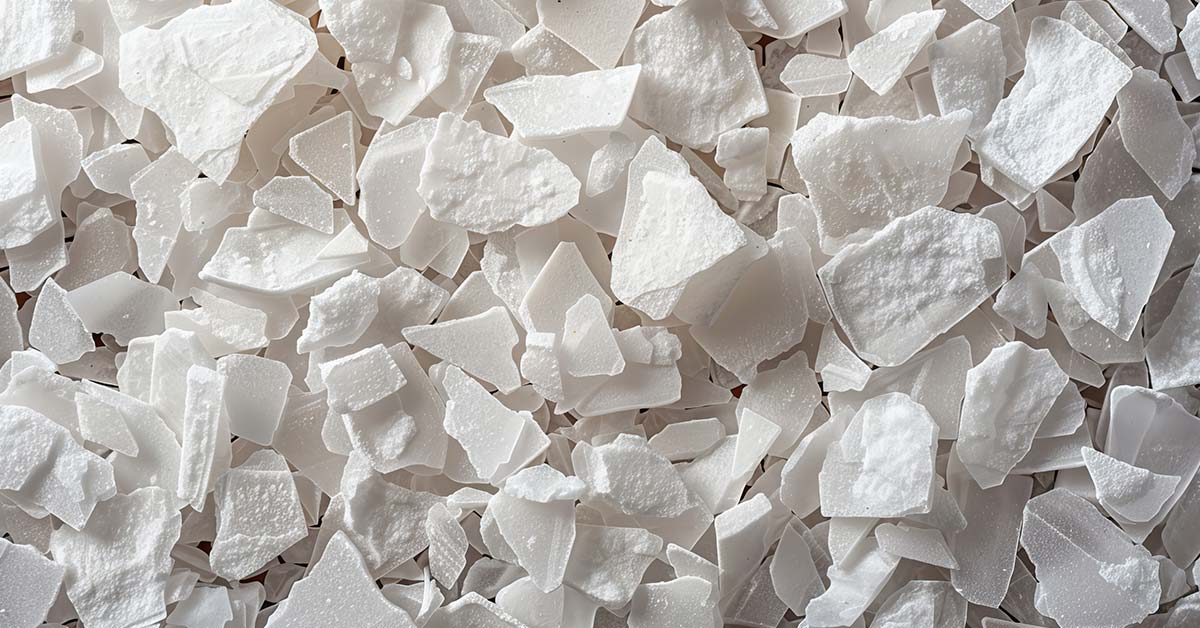
Understanding the value of an acre of timber is essential for anyone in the forest products supply chain—whether managing timberland, planning harvests, or securing raw materials. A complex interplay of market dynamics, harvest strategies, and emerging environmental trends shapes timber valuation.
In this updated analysis, we explore the forces driving timber worth, dive into fresh 2022-2024 stumpage price data for US South plantation and natural pine, and highlight key trends to watch in 2025.
What Drives Timber Prices?
Before we can determine the value of an acre of timber, we need to understand the law of supply and demand, which ultimately drives the price of timber.
Demand is heavily influenced by location, surrounding mill types, proximity to those mills, and the volume and type of timber products consumed in a given area. Therefore, the volume and type of products available on a tract of timber will determine the value per acre.
- Location and Proximity to Mills: Timber near sawmills or pulp mills fetches higher prices due to lower transportation costs. In the US South, sawtimber for lumber often commands a premium over pulpwood.
- Timber Type and Age: Managed pine plantations, typically clearcut at 25-35 years, yield 80-105 tons per acre, with sawtimber (12"+ DBH) driving the highest returns. Natural stands with mixed hardwoods can be even more valuable when high-grade logs are present.
- Harvest Method: Clearcuts maximize volume and revenue per acre, while thinnings provide earlier cash flow with lower yields. The choice depends on market timing and management goals.
- Market Trends: Demand for timber products like lumber, pulp, and bioenergy materials fluctuates with construction cycles, paper production, and sustainability initiatives.
These factors create a wide range of per-acre values, making understanding historical trends and current market conditions essential.
Price Trends: US South Pine (2022-2024)
Using transaction-based data from 2022–2024, we've updated our analysis of stumpage prices for US South plantation and natural pine, focusing on clearcut and thinning harvests.
Plantation Pine Clearcuts (26+ years)
Mature plantation stands, averaging 80-105 tons/acre, saw a dip in 2023 due to a temporary oversupply of sawtimber, followed by a recovery in 2024 as lumber demand strengthened (see US South Plantation Pine Values per Acre 2022–2024 graph).
Plantation Pine Thinnings
Thinnings, yielding 30-50 tons/acre of mostly pulpwood and chip-n-saw, showed lower values for younger stands (16-20 years) due to smaller log sizes. The 21-25-year stands fetched higher prices with more chip-n-saw and small sawtimber, though prices fluctuated with pulp market demand (see US South Plantation Pine Values per Acre 2022–2024 graph).

Source: ResourceWise (2025)
Natural Pine Clearcuts
Natural stands, often denser with 90–110 tons/acre and mixed with hardwoods, saw a gradual decline over the period. This reflects softening hardwood sawtimber prices and reduced pulpwood demand (see US South Natural Pine Values per Acre 2022–2024 graph).
Natural Pine Thinnings
Thinnings in natural stands, yielding 40-60 tons/acre, showed a steady price increase, driven by consistent pulpwood demand and higher removal volumes compared to plantations (see US South Natural Pine Values per Acre 2022–2024 graph).

Source: ResourceWise (2025)
Compared to 2017-2019, when plantation clearcuts averaged $1,542-$1,694/acre and natural clearcuts peaked at $2,055/acre, the 2022-2024 data show plantation values trending higher due to inflation and sawtimber demand, while natural clearcut values have softened slightly due to market saturation.
The Role of Decarbonization in Timber Valuation
Beyond traditional market forces, timber's value is increasingly influenced by global decarbonization efforts, which are reshaping demand and creating new opportunities for landowners.
The carbon dioxide removal (CDR) market, projected to grow $100 billion annually between 2030 and 2035, is opening new revenue streams. Timberlands can generate income through carbon sequestration or by supplying biomass for Bioenergy with Carbon Capture and Storage (BECCS). For example, companies like Drax are planning wood-fired power plants in the US South, using biomass to produce renewable energy while capturing carbon emissions.
Sustainability policies are also playing a role. The EU's target is to reduce emissions by 55% by 2030, and US investments in carbon capture ($2.54 billion through 2025) are boosting demand for wood as a renewable alternative to fossil-based materials. This trend could support sawtimber prices, particularly in regions with strong sustainability mandates. However, innovations like biochar, which uses wood waste to lock carbon in soil, might divert low-grade timber from pulp markets, potentially softening pulpwood prices unless offset by carbon credit revenues.
Additionally, policy uncertainty in biofuels—such as the expiration of US biodiesel tax credits—can impact biomass demand, adding another layer of complexity to timber markets. These decarbonization trends highlight timber's evolving role, not just as a raw material but as a key player in climate mitigation.
What's Your Timber Worth?
An acre's value depends on your specific stand and market conditions. Based on 2022–2024 averages:
- A 100-acre plantation in the US South at 26+ years might yield $211,100–$227,500 from a clearcut.
- The same plantation, thinned at 21–25 years, could bring $53,800–$90,400.
- A 100-acre natural stand might be valued at $196,000–$216,800, with thinnings at $66,400–$75,700.
These are starting points—site-specific factors like soil quality, accessibility, and mill proximity can significantly adjust these figures.
Final Thoughts on Timber Valuation Trends
The valuation of timberland is influenced by a complex interplay of factors, including market dynamics, timber characteristics, and emerging environmental trends. Recent data from 2022 to 2024 indicate that while plantation pine clearcuts have seen a recovery in value due to increased lumber demand, natural pine stands have experienced a gradual decline.
The expanding carbon dioxide removal (CDR) market offers new revenue streams through carbon sequestration initiatives. However, it also introduces complexities for traditional timber markets, highlighting the need for balanced strategies that support both carbon sequestration and traditional timber production.
Staying informed about these evolving trends and integrating sustainable practices will be essential for maximizing the value of timber assets and contributing to broader climate mitigation efforts.



